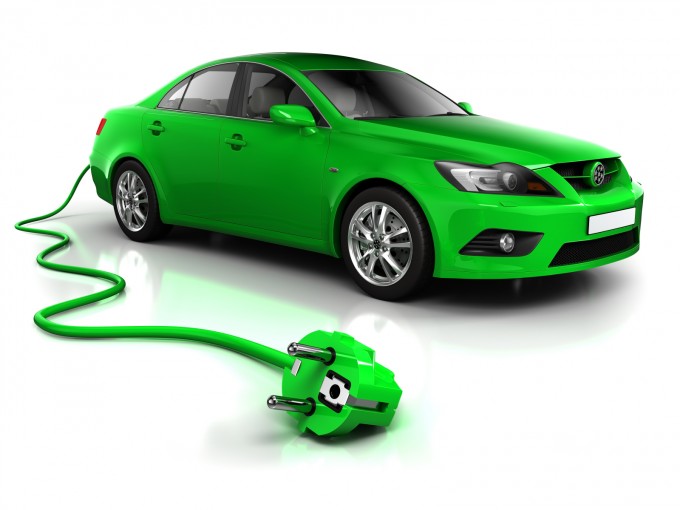Introduction
In a world grappling with climate change and the depletion of non-renewable resources, the quest for sustainable and clean energy sources has never been more urgent. The hydrogen generator for cars stands out as a beacon of hope in this landscape. This revolutionary technology harnesses the power of hydrogen, the most abundant element in the universe, to fuel vehicles, offering a cleaner, more efficient alternative to fossil fuels.
The Science Behind Hydrogen Fuel Technology
Hydrogen fuel technology is based on the principle of using hydrogen as a primary energy source. In hydrogen fuel cells, hydrogen gas (H2) is combined with oxygen (O2) from the air to produce electricity, water (H2O), and heat. This process, known as electrochemical oxidation, is highly efficient and produces only water vapor as a byproduct, making it an eco-friendly alternative to the combustion of fossil fuels.
Advantages of Hydrogen-Powered Vehicles
Zero Emissions
The most significant advantage of pem cell hydrogen generator is their zero-emission operation. Unlike traditional vehicles that emit carbon dioxide, nitrogen oxides, and other harmful pollutants, hydrogen vehicles only emit water vapor, significantly reducing the environmental impact.
High Energy Efficiency
Hydrogen fuel cells are inherently more efficient than internal combustion engines. They convert chemical energy directly into electrical energy, minimizing energy loss and offering higher fuel efficiency compared to conventional petrol or diesel engines.
Rapid Refueling and Long Range
One of the challenges of electric vehicles is the long charging time. Hydrogen-powered cars, on the other hand, can be refueled in just a few minutes, similar to traditional cars. Additionally, they offer a longer driving range, making them ideal for long-distance travel without the need for frequent stops.
Challenges and Solutions
While hydrogen fuel technology presents numerous benefits, it also faces several challenges, including the production, storage, and distribution of hydrogen.
Sustainable Production
Currently, most hydrogen is produced from natural gas, which still involves greenhouse gas emissions. However, advances in technology are paving the way for ‘green hydrogen’ production, using renewable energy sources such as wind, solar, and hydroelectric power.
Storage and Distribution
Storing and transporting hydrogen requires advanced technology due to its low density and high reactivity. Innovations in storage materials and methods, such as high-pressure tanks and liquid hydrogen, are making transportation more feasible. Moreover, the development of a comprehensive hydrogen fueling infrastructure is crucial to support widespread adoption.
Economic and Policy Support
The transition to hydrogen-powered vehicles also requires economic and policy support. Governments and private sectors need to collaborate to provide incentives for research and development, infrastructure expansion, and consumer adoption. Policies promoting zero-emission vehicles and subsidies for clean energy initiatives are vital steps in this direction.
Conclusion
The hydrogen generator for cars represents a monumental shift in the automotive industry, steering us towards a more sustainable and efficient future. While challenges remain, the collective efforts in research, policy-making, and technology development are rapidly overcoming these obstacles. As the world moves closer to embracing hydrogen as a key player in the energy mix, its potential to revolutionize transportation and mitigate environmental impacts is becoming increasingly clear. In the fight against climate change and the search for sustainable energy solutions, hydrogen stands as a promising and transformative force.
